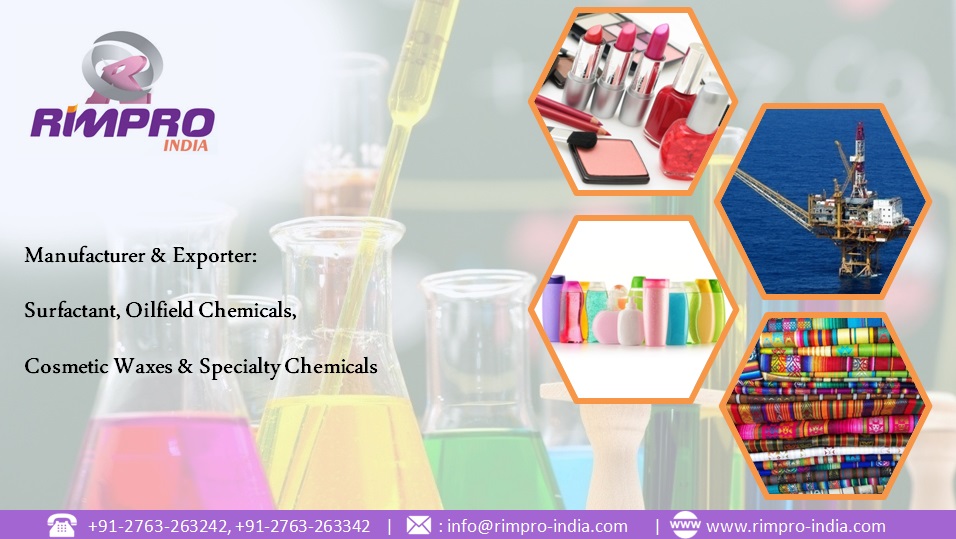Interesting Facts about Oilfield Chemicals
Drilling, extraction and processing of fossil fuels largely depends on chemicals to perform various operations. The drilling, extraction and processing of oil is largely dependent on chemicals and petroleum engineers exploit the science and chemical properties of these materials in order to improve the performance of the production equipment as well as the quality of the crude oil.
With increased production and need for environmental sustainability, more oilfield chemicals are been used to drill and operate oil and gas wells.

Drilling Chemicals and Fluids
As the consumption of oil increases globally, deeper and faster drilling is required. An interesting fact is that drilling fluid and chemicals were used as early as 3rd century BC by the Chinese to dig the ground and get oil. Interestingly, miners in US run cattle through watered field to create mud which was used to drill and therefore, oil drilling fluid came to be known as drilling mud.
Currently, water plus other chemicals are used to simplify the drilling process. Oil based mud is also used in high temperature drilling. First, the drilling mud cools the drill bit enabling it to run faster and drill deeper. Secondly, this mud is used to suspend the cut materials and move them upwards to the surface.
Drilling mud is thixotrophic , that is, it viscosity increases with speed and is therefore able to carry materials to the surface while at low speed – near the center of drill – the mud has low viscosity and this increases the cooling rate. In addition, they act as pressure stabilizers.
It is interesting to note that this drilling mud is comprised of many chemicals all added to impact desirable characteristics. Weighting agents such as barium sulfate, calcium chloride and calcium bromide are added to increase hydrostatic pressure so as to prevent sudden pressure increase and blowouts. To prevent fluid losses, additives such as clay, bentonite, starch, carboxy-methylhydroxyethyl cellulose are added. To prevent the foam formation, defoamers such as tributylphosphate, alcohols, potassium chlorides, fatty alcohol glycol ethers, silicone-based defoamers are used. Other chemicals such as clay are also added to increase the viscosity. In addition flocculants, stabilizing agents, thinners and dispersants, lubricants, bactericides and corrosion inhibitors are also added.
Oil Production Chemicals
A large number of chemicals are applied in processing and post processing of oil. These chemicals are added to process the crude, change its properties and allow easier extraction and processing. Formation damage control additives are used to prevent sweilling caused by clay and other fine particles.
Foams on the other hand are added to prevent the fluid from being lost during extraction and processing. Interestingly, plant extracts such as Guar and Xanthan gum are widely used for forming and demulsifies. Demulsifier are used to separate emulsions induced during the drilling process. These chemicals separate water from oil during the processing of crude oil more easily as compared to using expensive machines.
Corrosion inhibitors on the other hand are added to minimize the corrosion caused by other chemicals used during processing. Since the process involves addition of many acidic compounds such as mineral and organic acids, their corrosion on steel pipes is eliminated using corrosion inhibitors.
This article has been written by Govind Patel.